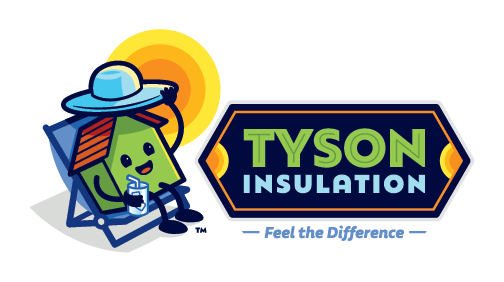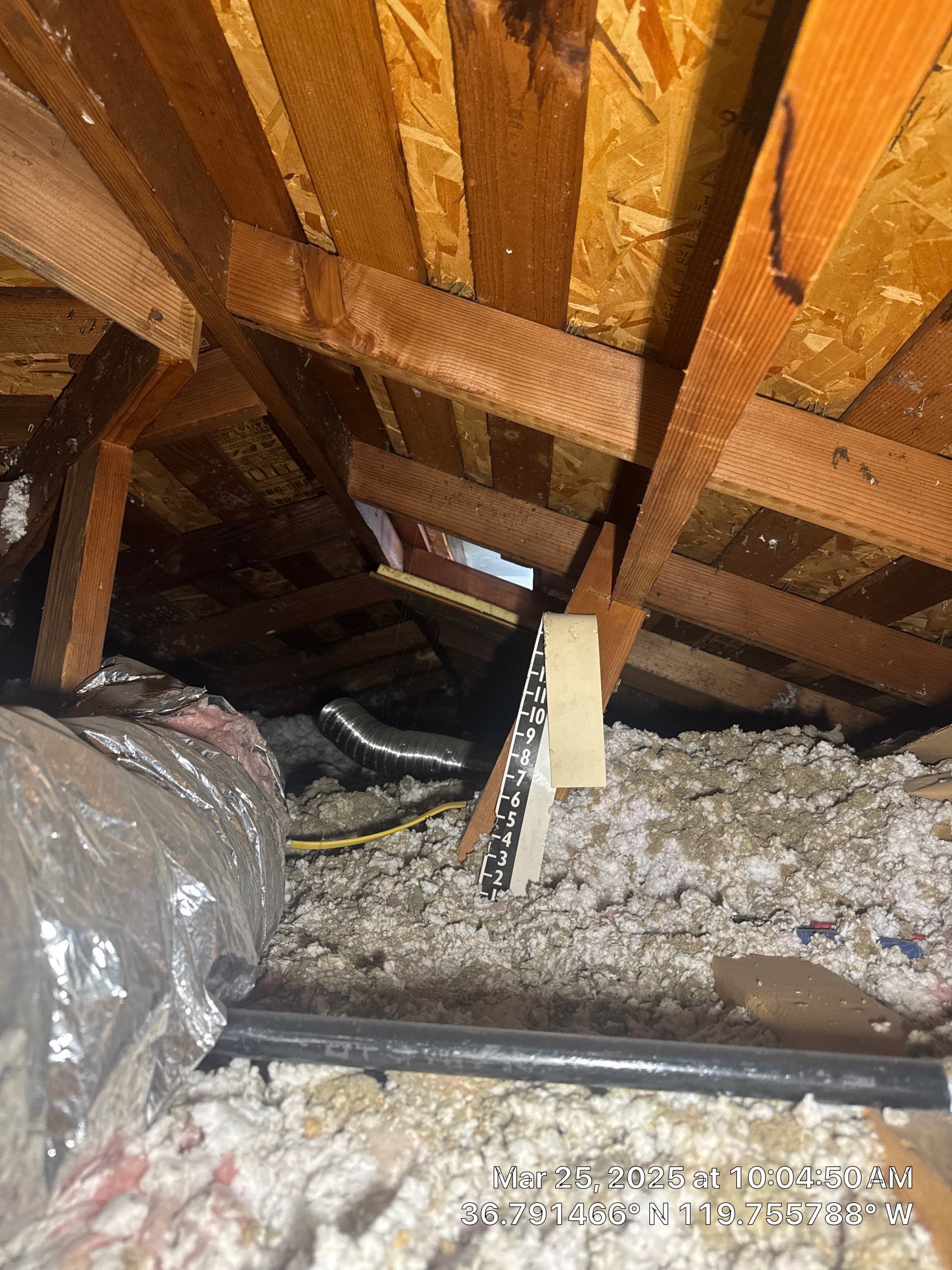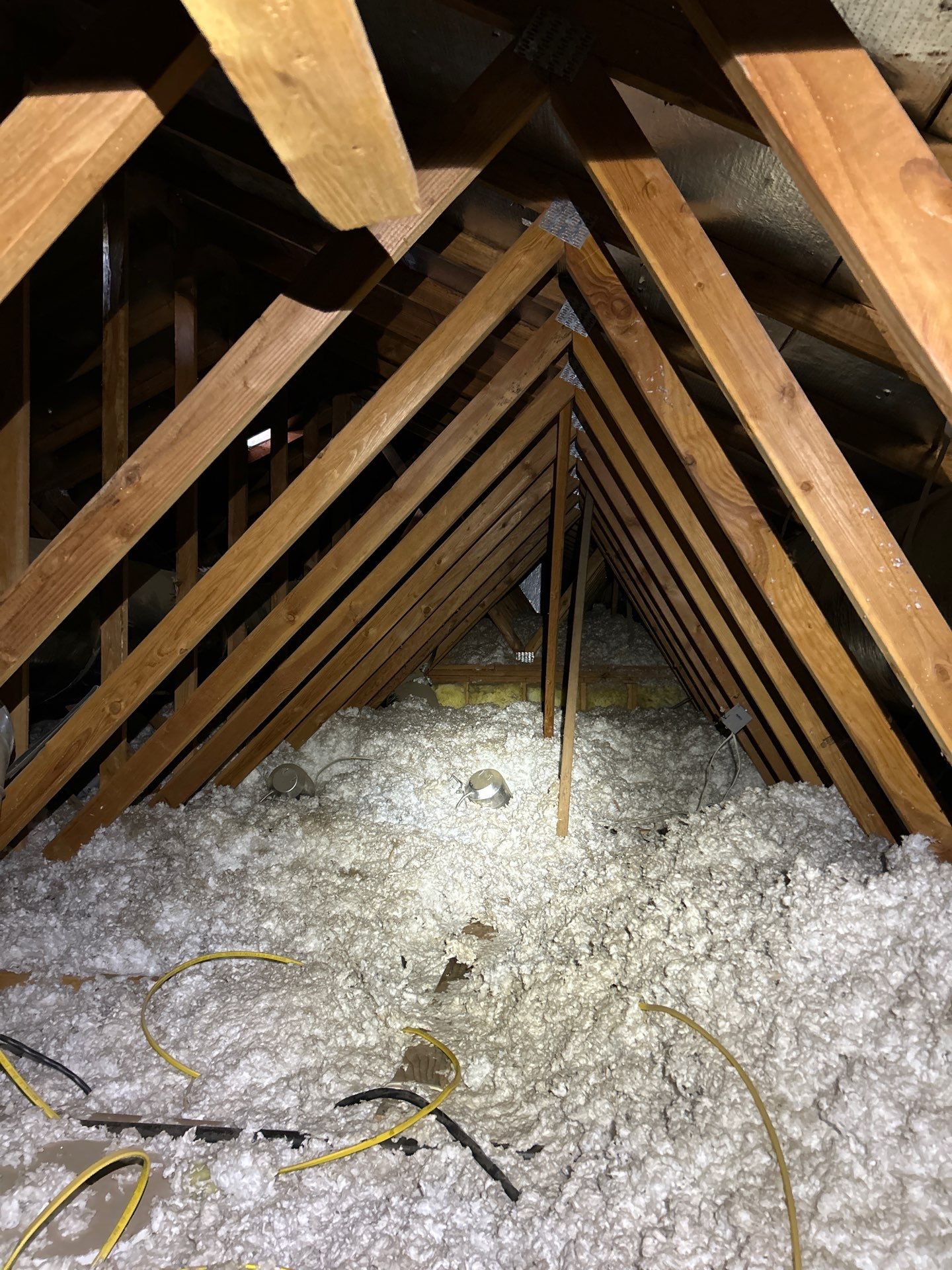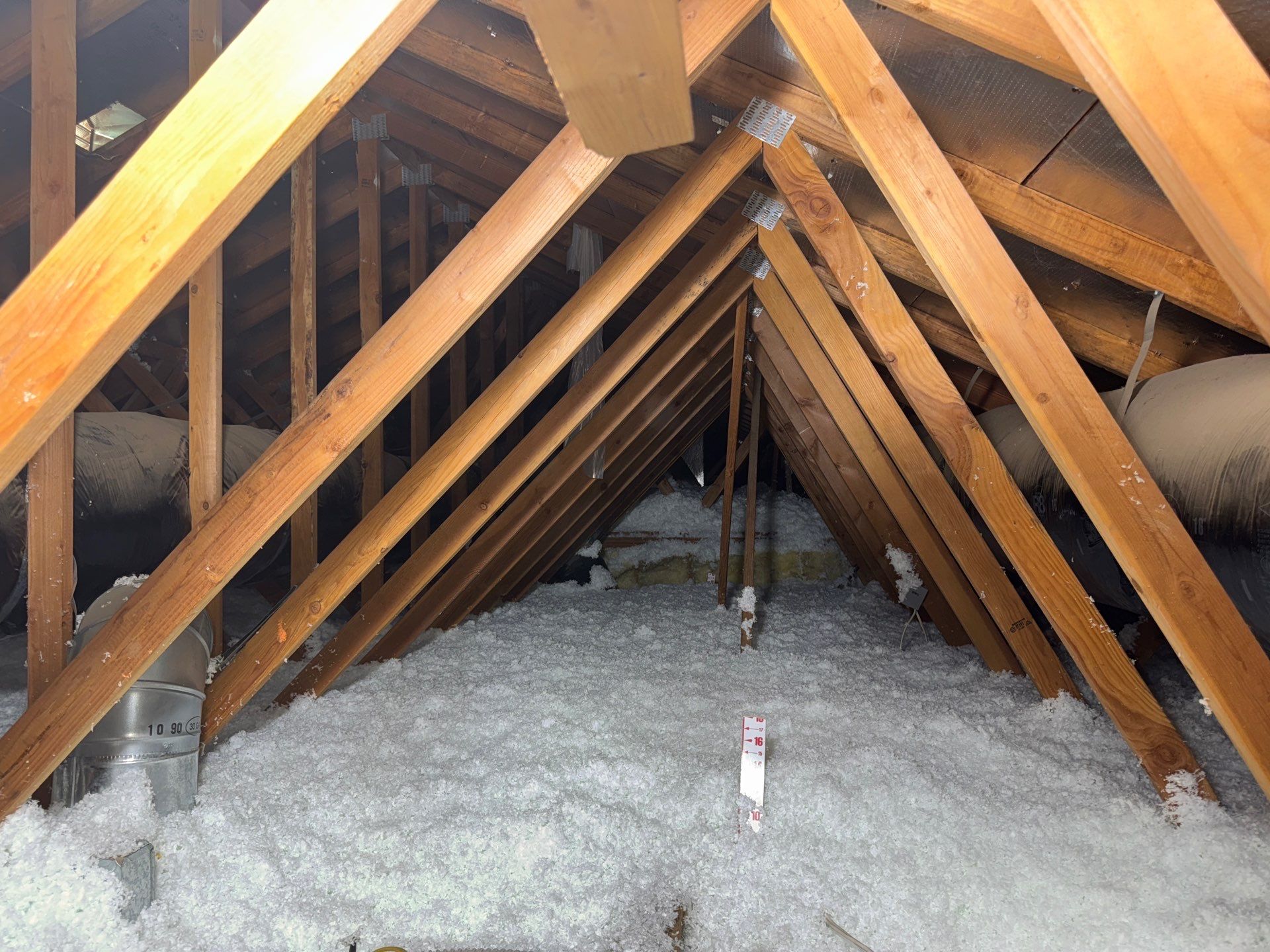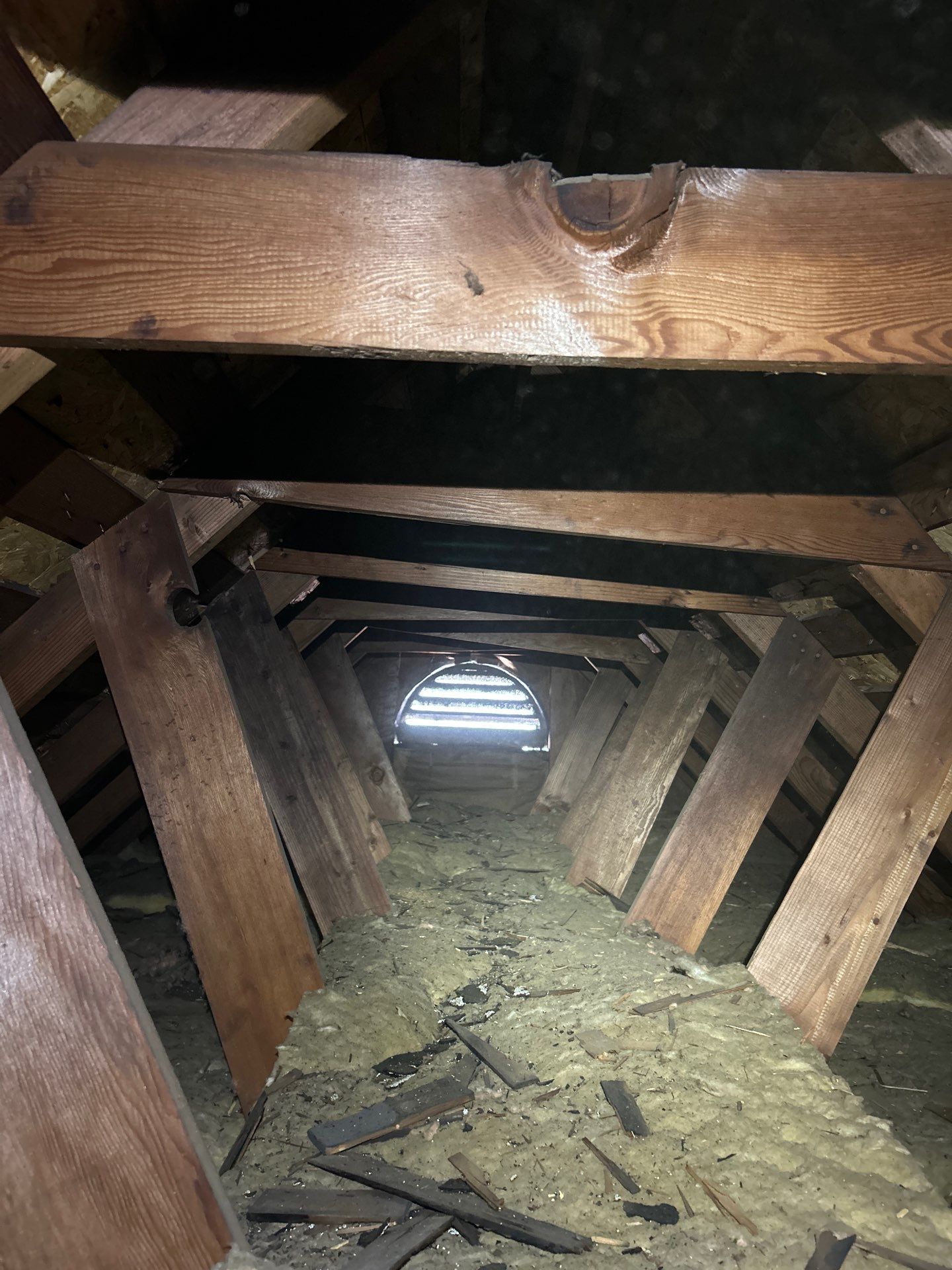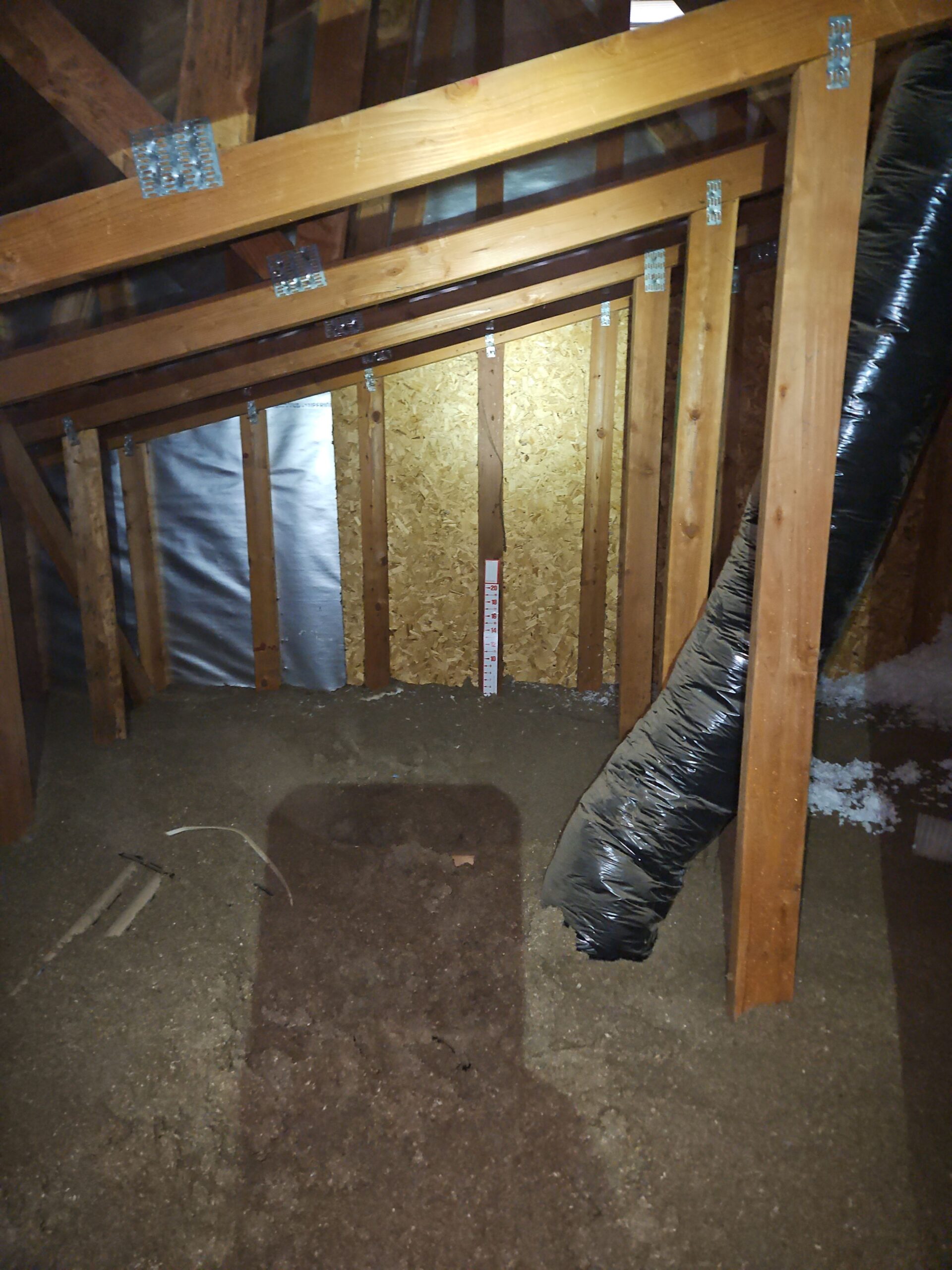Tyson Insulation Before & After Photos
Click on a photo to enlarge.
Roberto gave us a call because his Fresno home just wasn’t staying cool, no matter how much he ran his air conditioner. When we inspected the attic, the issue was clear: there was only about 3 inches of old fiberglass insulation—far below the amount needed to keep a home properly insulated in the Central Valley.
To solve the problem, we performed an insulation upgrade by blowing in new, premium fiberglass insulation. We brought the attic up to R38, which is the Energy Star recommended level for our climate zone. Upgrading to R38 significantly increases the home’s thermal barrier, reducing heat transfer and making it much easier for the HVAC system to maintain comfortable indoor temperatures.
Now that Roberto’s attic is properly insulated, he’ll experience a cooler home in the summer, warmer conditions in the winter, and greater energy efficiency year-round—all of which will help lower his utility bills moving forward.
Gilbert reached out to us because his home in Fresno wasn’t staying comfortable, and his HVAC system was constantly running to keep up. When we inspected his attic, we found just 5 inches of old fiberglass insulation—far below what’s needed to properly insulate a Central Valley home. On top of that, the insulation was dirty, which pointed to air leakage and possible contamination from past rodent activity.
We recommended a full attic restoration to address the problem at its source.
Our team began by safely extracting and disposing of the old fiberglass insulation. Once the attic was cleared out, we thoroughly cleaned and sanitized the space using Nisus DSV, a professional-grade disinfectant that eliminates bacteria, viruses, and odors. We then sealed all major air leakage points—such as top plates, plumbing and wire penetrations, and HVAC registers—using closed-cell foam. This step helps prevent conditioned air from escaping into the attic.
We also installed barriers at any visible rodent entry points and cleared out the soffit vents to improve attic ventilation. Finally, we completed the restoration by blowing in 14 inches of premium fiberglass insulation, bringing the attic up to the Energy Star recommended R38 level.
Gilbert will now enjoy a home that stays cooler in the summer and warmer in the winter, with better indoor air quality and reduced energy bills for the long term.
Nick contacted us because his Fresno home wasn’t holding a steady temperature, forcing his HVAC system to work overtime—especially during hot summer days and chilly winter nights. When we inspected the attic, we found that it only had R19 batt insulation, which falls well below the recommended standard for homes in the Central Valley.
To bring his attic up to the Energy Star recommended R38 level, we performed an attic insulation upgrade by blowing in premium fiberglass insulation directly over the existing batts. This method helps maximize thermal performance without removing the existing insulation.
By topping off the insulation to R38, we significantly improved the home’s energy efficiency. The added fiberglass layer will reduce heat transfer between the attic and living spaces, lower HVAC usage, and help maintain more consistent indoor temperatures throughout the year.
Nick can now enjoy a more comfortable home and savings on heating and cooling costs for years to come.
When William reached out to us, his main concern was the lack of comfort in his home—especially during the hotter months. His air conditioner was running almost non-stop, and yet the home still felt warm. Upon inspecting his attic, we found the culprit: only 4 inches of old cellulose insulation, which is well below the recommended level. In addition, we discovered a significant amount of flammable roofing debris scattered throughout the attic, creating both a fire hazard and a barrier to proper insulation coverage.
We began the attic restoration by carefully vacuuming out all the old cellulose insulation and thoroughly removing the roofing debris. Clearing out this debris not only eliminated a serious safety risk, but also prepared the attic for a clean, even layer of new insulation. Next, we sanitized the attic with Nisus DSV, a powerful disinfectant that eliminates harmful bacteria, viruses, and fungi—creating a much healthier environment.
We then sealed all major air leakage points, such as plumbing penetrations, top plates, and around registers, using closed-cell foam. This crucial step ensures that air no longer flows between the attic and living spaces, improving both energy efficiency and indoor air quality.
To finish the job, we installed fresh, blown-in fiberglass insulation to a depth of 14 inches, bringing William’s attic up to the Energy Star recommended R38 level.
Now, William can enjoy a cooler home in the summer, lower energy bills, and peace of mind knowing his attic is clean, safe, and energy-efficient.
Michael reached out to us in Fresno because his home was struggling to maintain a comfortable temperature throughout the day. Despite frequent use of his HVAC system, the house never felt quite cool enough in the summer or warm enough in the winter. After inspecting his attic, we quickly discovered the problem: only about 4 inches of aging cellulose insulation were in place—far below recommended standards.
To help improve his home’s comfort and efficiency, we upgraded the attic insulation to the Energy Star recommended R38 level. We blew in premium fiberglass insulation, raising the level to approximately 14 inches. This will significantly reduce heat transfer between the attic and the rest of the home, improving HVAC performance and cutting down on energy costs.
Now that Michael’s attic has the proper level of insulation, he’ll enjoy better temperature control, lower utility bills, and a more energy-efficient home year-round.
